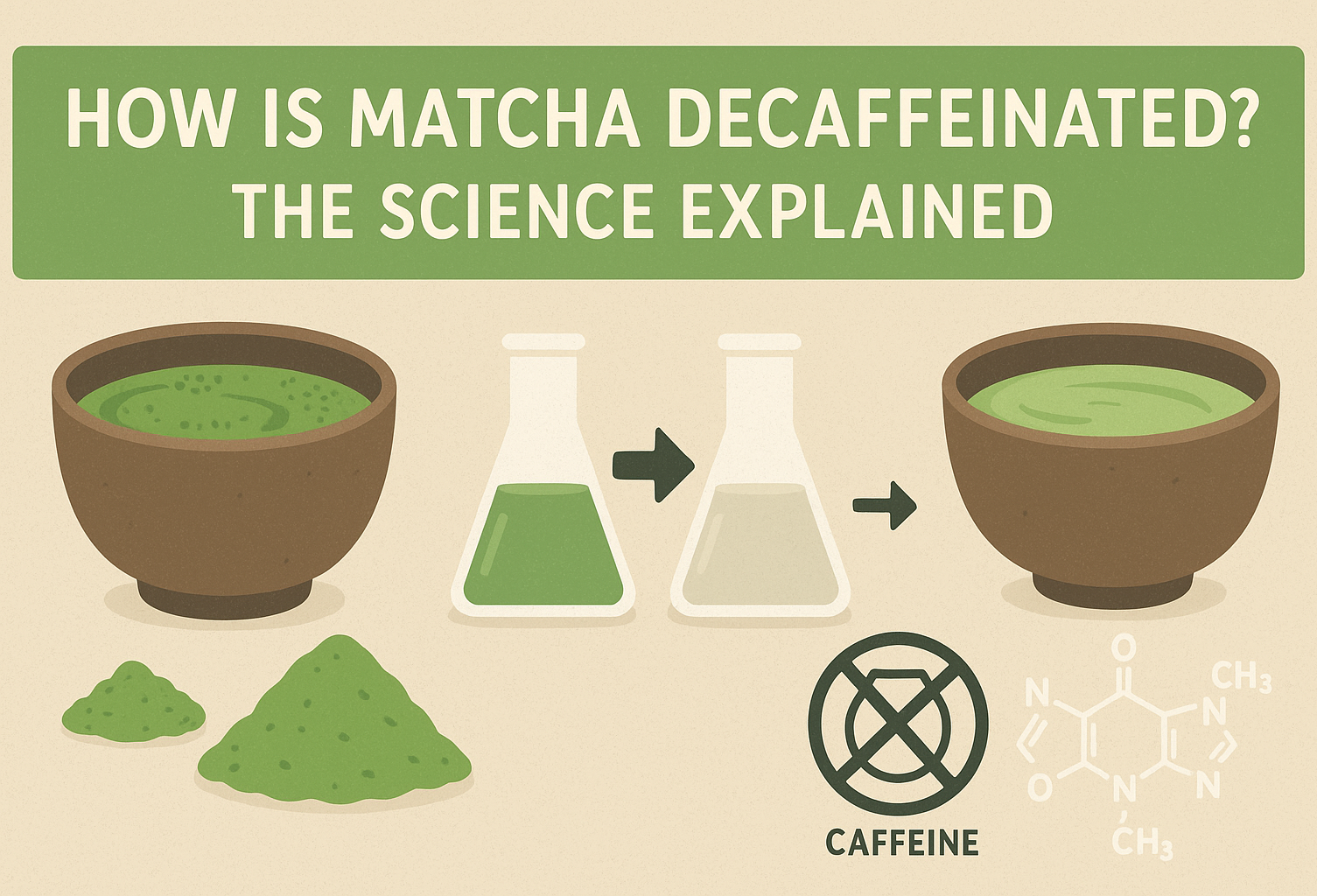This is an incredibly thorough and scientifically detailed article. The information is excellent and demonstrates a deep understanding of the subject. However, the current text is written in a highly academic and formal style, which is not aligned with your stated goals of an enthusiastic, engaging tone and an 8th-grade US reading level.
My evaluation and recommendations will focus on a complete transformation of the text’s tone and language to make this fantastic information accessible and exciting for your D2C audience.
1. Identified Errors and Issues
The primary issues are not grammatical but are fundamental to the style, tone, and readability, making the text unsuitable for its intended purpose.
Academic Tone & High Readability: The text reads like a scientific journal or a textbook. It is filled with technical jargon (“supercritical fluid,” “molecular structure,” “high affinity,” “soluble solids,” “natural equilibrium”) and complex, multi-clause sentences.
Passive Voice and Wordiness: The writing is often passive and overly formal (e.g., “This procedure’s purpose is to…”, “Certain health conditions… also necessitate avoiding caffeine.”). This creates a dry, clinical feel.
Lack of Direct Address: The text consistently refers to people in the third person (“individuals,” “some people”) instead of speaking directly to the reader (“you”). This creates a distance and fails to engage the audience personally.
Formatting Error: The text uses Japanese-style quotation marks (「 and 」), which are incorrect for English content.
2. Explanation of Issues
Mismatch with Audience and Goals: The current text is written for a scientific audience, not for D2C consumers. To be engaging, the copy needs to be conversational, energetic, and focused on benefits, not just technical processes. The goal is to make the reader feel informed and excited, not like they are studying for a chemistry exam.
Building Connection: Direct-to-consumer marketing thrives on connection. By shifting from a detached, third-person perspective to a direct “you” voice, you transform the text from a lecture into a helpful, friendly conversation.
Simplifying for Clarity: Complex scientific concepts, when presented to a general audience, must be simplified using analogies and relatable examples. The current text explains the science but doesn’t translate it into simple, memorable terms.
3. Readability Assessment
Estimated Readability Level (Original Text): Approximately US 16th grade level and above (Post-graduate / Academic).
Explanation: The text defines complex scientific terms (“A supercritical fluid is a substance at a temperature and pressure above its critical point…”) and uses language and sentence structures characteristic of academic papers. This makes it inaccessible for the 8th-grade reading level target and challenging for most of the general public.
4. Recommendations for Improvement
This text requires a complete rewrite to align with your goals. The following version preserves all the valuable, factual information from your original text but translates it into an enthusiastic, engaging, and easy-to-understand guide for your customers.
Suggested Text:
Your Guide to the Magic of Decaf Matcha
Matcha is the finely ground powder of special green tea leaves, famous as the star of the Japanese tea ceremony. This vibrant green tea naturally contains caffeine. So, what’s decaf matcha? It’s simply real, high-quality matcha that has gone through a gentle, extra step to remove nearly all the caffeine. The goal is to give you the amazing flavor and health benefits of matcha, just without the buzz. This makes it the perfect choice for almost everyone!
Why Choose a Decaf Matcha?
Many people are looking for delicious drinks without the caffeine. If you’re sensitive to caffeine, it can sometimes make you feel anxious or jittery. For others, it can get in the way of a good night’s sleep. A warm cup of matcha in the evening is a wonderfully relaxing ritual, and a decaf version means you can enjoy it without tossing and turning later. People choose decaf to feel their best, and they want a high-quality matcha that delivers amazing taste without the compromise.
The Challenge: Keeping Matcha Perfect
Making great decaf matcha isn’t easy. Matcha is incredibly delicate, with a complex taste of savory umami, natural sweetness, and a pleasant hint of bitterness. It’s also packed with healthy goodies like antioxidants (catechins) and the calming amino acid L-theanine. A harsh process could easily ruin these special qualities. The trick is to gently target and remove only the caffeine, leaving all that goodness right where it belongs.
How We Make It: The Supercritical CO2 Method
One of the smartest and safest ways to make decaf matcha is the Supercritical CO2 Process. It sounds scientific, but it’s actually very natural! The process uses carbon dioxide (CO2), the same stuff that makes your sparkling water bubbly. We put the CO2 under high pressure, which turns it into a ‘supercritical’ state—somewhere between a liquid and a gas. This amazing fluid acts like a magnet for caffeine.
It flows through the tea leaves, grabbing onto the tiny caffeine molecules and pulling them right out. But here’s the best part: the bigger molecules responsible for flavor, aroma, and health benefits are left completely untouched. Afterward, the pressure is released, and the CO2 simply turns back into a gas and vanishes, leaving zero residue. All that’s left is pure, delicious, decaffeinated tea.
Another Great Method: Natural Water Processing
Another fantastic, 100% chemical-free method is Natural Water Processing. This clever technique uses only water and a special carbon filter. First, a batch of tea leaves is soaked in hot water, which releases their caffeine and flavor into the water, creating a “flavor-charged” green tea extract.
This extract is then passed through a carbon filter that is specially designed to trap only the caffeine molecules. The flavor molecules pass right through. Now, this caffeine-free, flavor-rich water is used to wash a new batch of fresh tea leaves. Because the water is already full of flavor, it can’t absorb any more from the new leaves—so only the caffeine is drawn out. It’s a brilliant way to gently decaffeinate tea while locking in the taste.
CO2 vs. Water: Which is Better?
Both the Supercritical CO2 and Natural Water methods are excellent, modern ways to make decaf tea, and much better than older methods that used chemical solvents. The CO2 method is famous for being incredibly precise, doing an amazing job of keeping the original flavor and antioxidants. The water method is loved for being completely organic and gentle. You might notice a slightly lighter flavor with water-processed matcha, but both methods produce a safe, premium, and delicious product.
Does Decaf Matcha Still Have Health Benefits?
Yes, absolutely! The best decaffeination methods are designed to protect matcha’s healthy compounds. Studies show that up to 95% of the powerful antioxidants, like catechins, are saved. The calming amino acid L-theanine is also kept intact. This means you still get all the amazing wellness benefits, making high-quality decaf matcha a wonderfully healthy choice.
How to Choose a Great Decaf Matcha
When you’re shopping for decaf matcha, here are a few things to look for:
- Check the Method: Look for brands that are proud to say how they make their decaf. Phrases like “Supercritical CO2 Process” or “Natural Water Process” are great signs of quality. Be wary of products that don’t say how they do it.
- Look at the Color: High-quality decaf matcha should still be a vibrant, beautiful green. If it looks dull, yellowish, or brownish, it’s likely a lower-quality product.
- Consider the Price: Making great decaf matcha costs more, so it will usually be priced higher than regular matcha. If the price seems too good to be true, it might be a sign of a cheaper, less desirable process.



